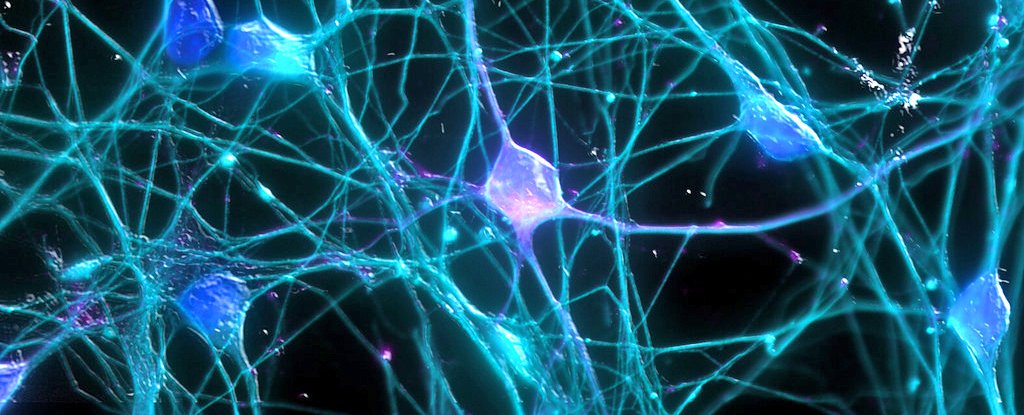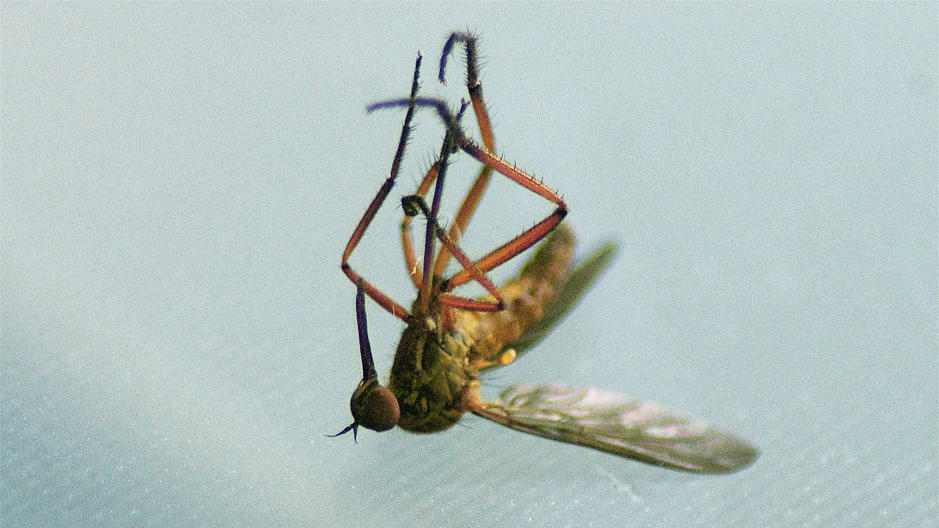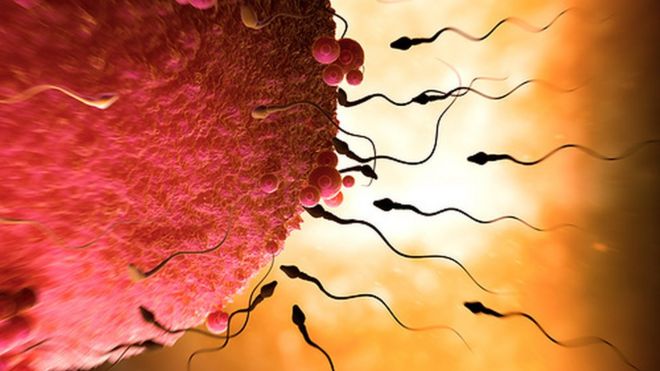You’re having dinner in a virtual reality game. The banquet scene in front of you looks so real that your mouth is watering. Normally, you would be disappointed, but not this time. You approach the food, stick out your tongue – and taste the flavours on display. You move your jaw to chew – and feel the food’s texture between your teeth.
Continue reading… “Electrodes let you taste and chew in virtual reality”












